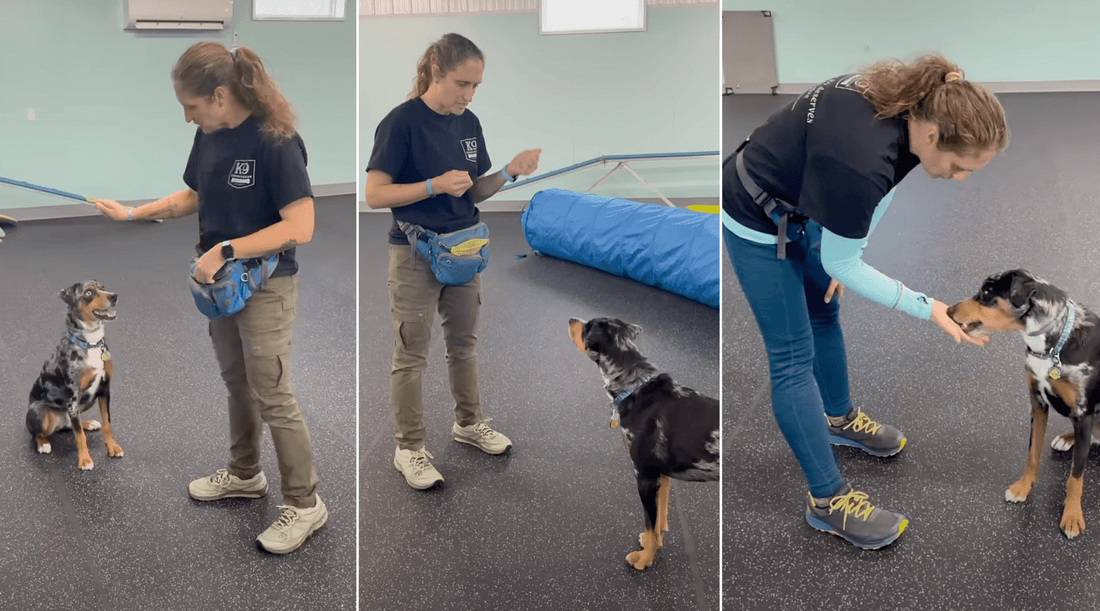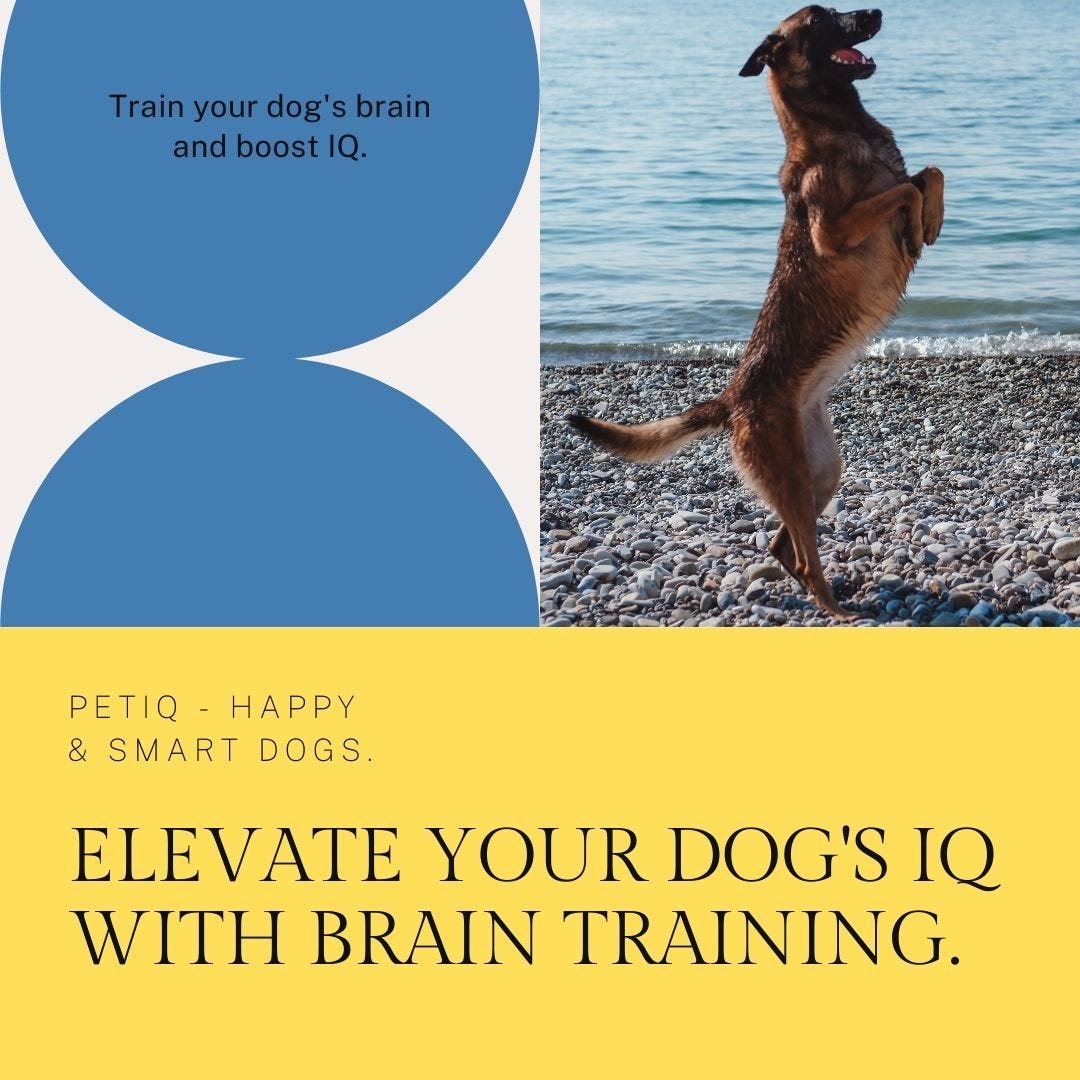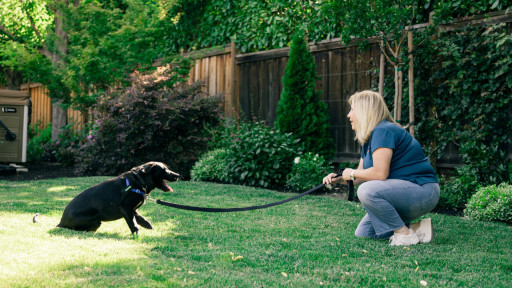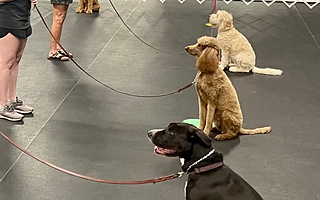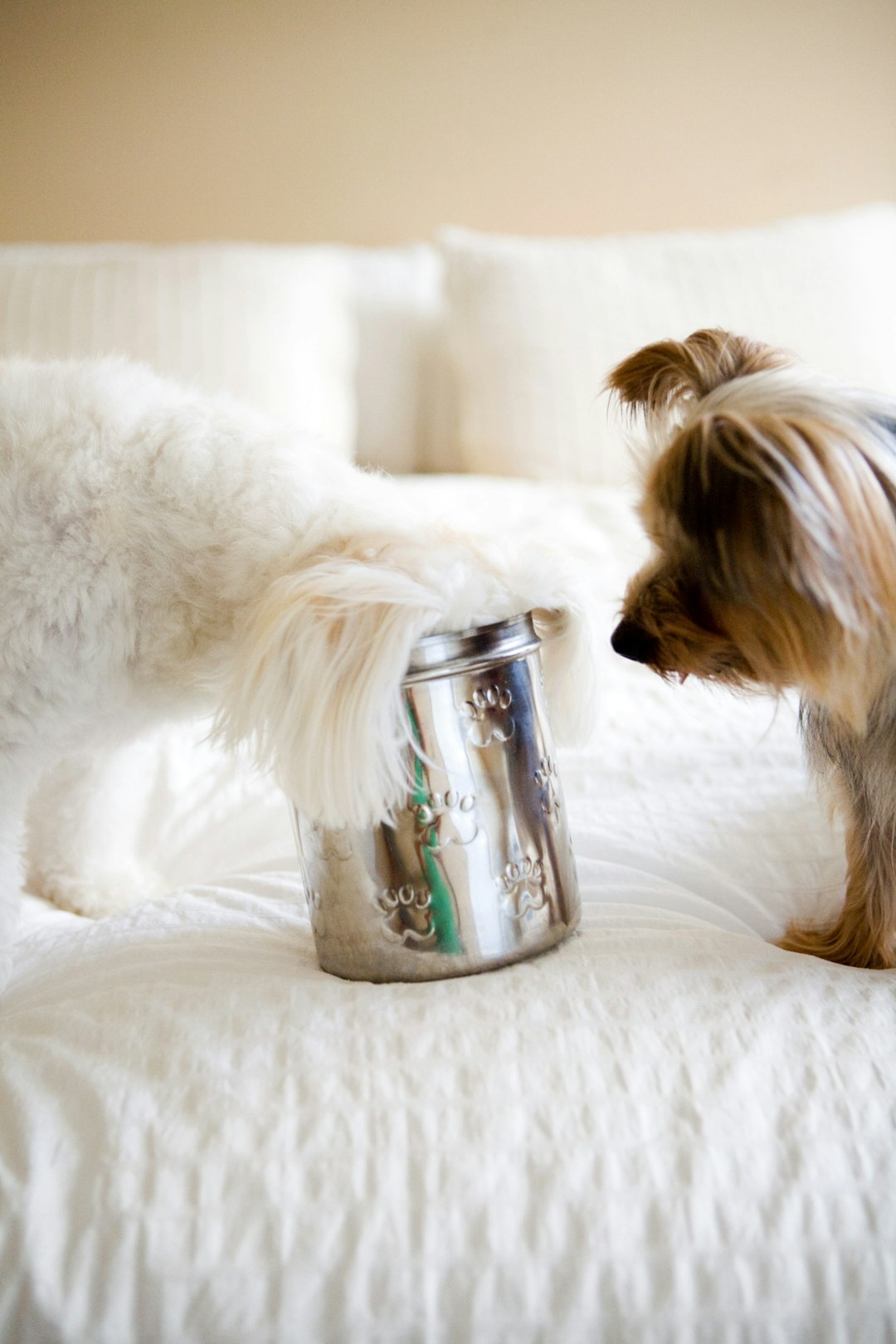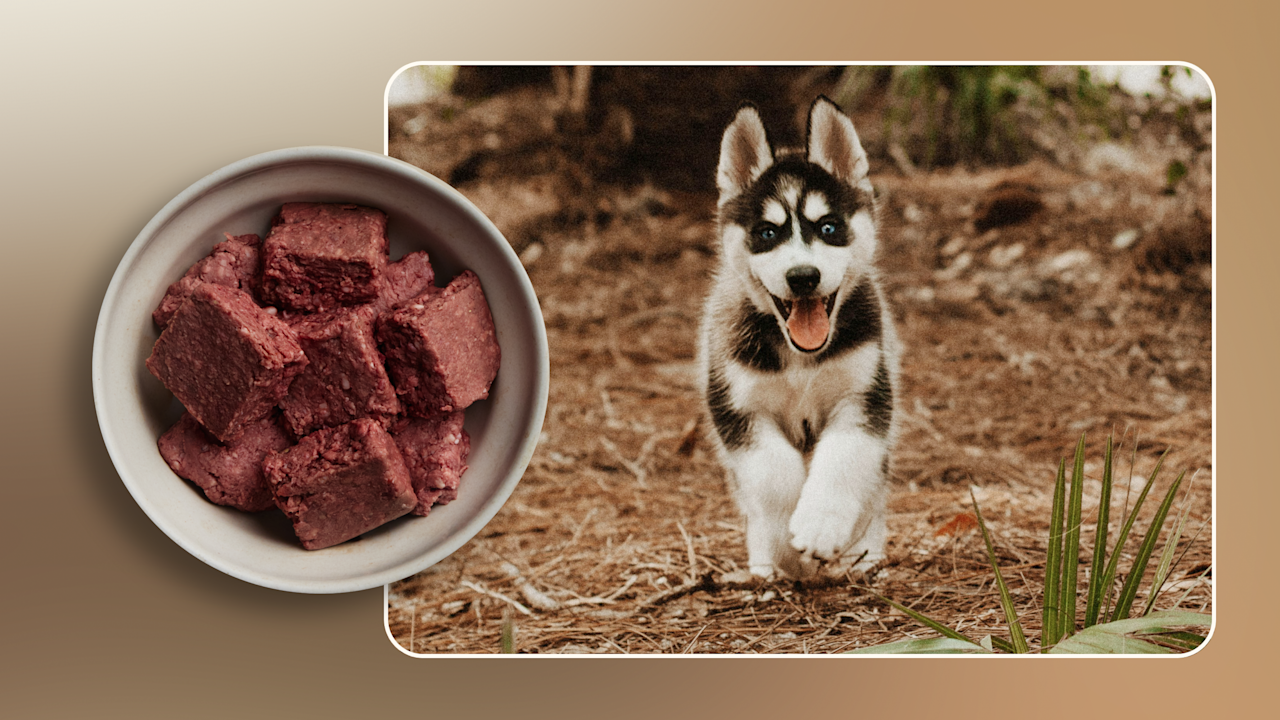Are you unsure if your dog is getting the right amount of food and nutrients? Knowing how to calculate your dog’s nutritional needs is key to keeping them healthy and happy.
When you understand what your furry friend truly requires, you can avoid overfeeding or underfeeding, prevent health problems, and give them the energy they need every day. You’ll discover simple steps to figure out exactly what your dog needs to thrive.
Keep reading, and you’ll learn how easy it is to make smart choices about your dog’s diet.

Credit: truthaboutpetfood.com
Factors Influencing Nutritional Needs
Understanding the factors that influence your dog’s nutritional needs is essential for providing the right diet. Each dog is unique, and several elements play a role in determining how much and what type of food they require. Let’s break down these key factors so you can make informed choices that support your dog’s health and happiness.
Breed And Size
Breed and size directly affect your dog’s metabolism and energy needs. Larger breeds like Great Danes need more calories but digest food differently than smaller breeds like Chihuahuas. Small dogs often have faster metabolisms and may require nutrient-dense food in smaller portions.
Knowing your dog’s breed traits can help you pick food tailored to their unique needs. For example, active working breeds may need higher protein levels, while toy breeds might benefit from smaller kibble sizes and balanced fats.
Age And Life Stage
Your dog’s nutritional needs change as they grow. Puppies need more calories and nutrients to support rapid development, while senior dogs often require diets lower in calories but rich in joint-supporting ingredients.
Think about your dog’s current life stage when planning meals. Are you feeding a playful puppy, a mature adult, or a calm senior? Adjusting their diet accordingly helps keep them healthy at every age.
Activity Level
How active your dog is influences how much energy they burn each day. A highly active dog, like a hiking companion or agility competitor, needs more calories and protein than a couch-loving pup. Sedentary dogs require fewer calories to avoid weight gain.
Observe your dog’s daily habits and adjust food portions or nutrient content based on their activity. Have you noticed your dog getting more or less exercise lately? This might be a good time to tweak their diet.
Health Conditions
Specific health issues can change what your dog needs nutritionally. Dogs with allergies, kidney disease, or obesity require specialized diets to manage their conditions effectively. Sometimes, prescription foods or supplements are necessary.
Consult your veterinarian if your dog has health concerns affecting their diet. Tailoring nutrition to support their health can improve their quality of life significantly. Are you aware of any conditions that might require dietary changes for your dog?
Essential Nutrients For Dogs
Understanding the essential nutrients your dog needs is key to keeping them healthy and happy. Each nutrient plays a specific role in their body, supporting everything from energy levels to immune function. Knowing what these nutrients are helps you make better choices about their diet.
Proteins And Fats
Proteins are the building blocks of your dog’s body. They help repair tissues and support muscle growth. Look for high-quality sources like chicken, beef, or fish in their meals.
Fats provide concentrated energy and help absorb vitamins. They also keep your dog’s coat shiny and skin healthy. Omega-3 and Omega-6 fatty acids are especially important, so consider adding fish oil or flaxseed oil if your dog’s diet lacks them.
Carbohydrates
Carbohydrates are your dog’s main energy source. They fuel daily activities and keep their brain sharp. Whole grains, sweet potatoes, and vegetables offer good carbs that also supply fiber for digestion.
Have you ever noticed your dog’s energy dip after eating? That could be due to low-quality carbs or excess fillers in their food. Choosing balanced carbs helps maintain steady energy throughout the day.
Vitamins And Minerals
Vitamins and minerals support vital functions like bone health, blood clotting, and immune defense. For example, calcium strengthens bones, while vitamin A promotes good vision.
Too little or too much of these nutrients can cause health problems. Supplements can help, but it’s best to aim for a balanced diet with fresh ingredients rich in these elements.
Water Requirements
Water is often overlooked but is the most crucial nutrient. It regulates body temperature, aids digestion, and flushes out toxins. Make sure your dog always has access to fresh, clean water.
Think about your dog’s activity level and weather conditions; they need more water when active or in hot climates. Have you checked if your dog drinks enough water daily? Staying hydrated is key to their well-being.
Calculating Caloric Needs
Calculating your dog’s caloric needs is essential to keep them healthy and energetic. Every dog is unique, and their calorie requirements depend on factors like size, age, and activity level. Understanding how to calculate these needs helps you avoid overfeeding or underfeeding, which can lead to health problems.
Resting Energy Requirement (rer)
The Resting Energy Requirement (RER) is the number of calories your dog needs at rest to maintain basic body functions like breathing and circulation. It’s the foundation for figuring out their total daily calorie needs.
You can calculate RER using this simple formula:
| RER (kcal/day) | = 70 × (body weight in kg)0.75 |
For example, if your dog weighs 10 kg, their RER is approximately 394 kcal/day. This means even when your dog is just lying around, they burn this amount of energy.
Daily Energy Requirement (der)
DER builds on RER and includes the energy your dog needs for daily activities and bodily functions beyond rest. It varies widely depending on your dog’s lifestyle and health.
To find DER, multiply the RER by an activity factor that fits your dog’s routine:
- Neutered adult dog: RER × 1.6
- Intact adult dog: RER × 1.8
- Active, working dog: RER × 2.0–5.0
- Weight loss: RER × 1.0
This calculation helps you tailor their food intake specifically to how much energy they use each day.
Adjusting For Activity And Health
Not all dogs fit neatly into one category. Your dog’s activity level can change with the seasons, and health issues can affect their calorie needs.
If your dog is recovering from illness or has arthritis, their calorie needs might be lower or require special nutrients. Conversely, a highly active dog or one nursing puppies will need more calories.
Regularly monitor your dog’s weight and energy to adjust their food intake. Have you noticed your dog gaining or losing weight unexpectedly? This might mean it’s time to recalculate their caloric needs.
Portion Control And Meal Planning
Portion control and meal planning are key to feeding your dog well. Proper portions keep your dog healthy and avoid weight problems. Planning meals ensures your dog gets all needed nutrients every day. Balance and consistency matter in every meal.
Choosing The Right Food Type
Select food based on your dog’s age, size, and activity. Dry kibble, wet food, or raw diets all have pros and cons. Choose a food type that fits your dog’s health needs and taste.
Check the label for essential nutrients and calories. High-quality ingredients support your dog’s energy and wellbeing. Consult your vet for special diets or allergies.
Measuring Food Portions
Use a kitchen scale or measuring cup for accuracy. Follow feeding guidelines on the food package as a starting point. Adjust portions based on your dog’s weight and activity level.
Watch your dog’s body condition regularly. Thin or overweight dogs need portion changes. Avoid free-feeding to prevent overeating.
Feeding Frequency
Divide the daily food amount into regular meals. Puppies usually eat three to four times a day. Adult dogs do well with two meals daily.
Feed at the same time each day to build routine. Consistent timing helps digestion and prevents begging. Observe your dog’s hunger cues to adjust timing.
Using Nutritional Tools And Resources
Calculating your dog’s nutritional needs requires the right tools and reliable resources. These help ensure your pet gets the correct balance of nutrients. Using trusted methods can make feeding easier and healthier for your dog.
Online Calculators
Online calculators offer quick estimates of daily calorie needs for dogs. Input basic details like weight, age, and activity level. These tools provide tailored recommendations for feeding amounts. Many websites also suggest nutrient breakdowns for proteins, fats, and carbs. Always choose calculators from reputable pet health sources.
Consulting Veterinarians
Veterinarians provide expert advice based on your dog’s health and lifestyle. They can identify special dietary needs or restrictions. A vet can recommend specific diets or supplements. Regular check-ups help adjust nutrition plans as your dog ages. Trusting a professional ensures safe and balanced feeding.
Reading Pet Food Labels
Pet food labels contain important information about ingredients and nutrient content. Look for guaranteed analysis sections that list protein, fat, fiber, and moisture. Check for AAFCO statements confirming the food meets nutritional standards. Understanding labels helps select foods that match your dog’s needs. Avoid foods with excessive fillers or artificial additives.

Credit: www.omnicalculator.com
Monitoring And Adjusting Diet
Monitoring and adjusting your dog’s diet ensures they stay healthy and active. Nutritional needs can change due to age, activity, or health. Regular checks help catch issues early and keep your dog’s diet balanced. This section covers key ways to track and adjust your dog’s nutrition.
Tracking Weight And Condition
Weigh your dog regularly, ideally once a week. Record the weight to notice changes over time. Use a body condition score to assess fat and muscle. Look for ribs, waist, and abdominal tuck to judge condition. A healthy dog feels firm but not bony or overweight. Adjust food portions based on weight trends and condition scores.
Recognizing Nutritional Deficiencies
Watch for signs like dull coat, weak nails, or poor energy. Digestive issues such as diarrhea or constipation may indicate nutrient gaps. Poor growth or weight loss can also signal deficiencies. Consult your vet for tests if you suspect a problem. Supplements or diet changes may be needed to correct deficiencies.
Adapting To Changing Needs
Puppies, adults, and senior dogs have different nutritional needs. Active dogs burn more calories and need extra protein. Illness or recovery phases may require special diets. Pregnant or nursing dogs need added nutrients. Adjust feeding amounts and types as your dog’s life changes. Stay flexible and observe how your dog responds to new diets.

Credit: www.inukshukpro.com
Frequently Asked Questions
How Do I Determine My Dog’s Daily Calorie Needs?
Calculate your dog’s daily calorie needs based on weight, age, activity, and health. Use online calculators or vet guidance for accuracy.
What Nutrients Are Essential For A Dog’s Diet?
Proteins, fats, carbohydrates, vitamins, and minerals are essential for dog nutrition. Each nutrient supports growth, energy, and overall health.
How Does A Dog’s Age Affect Nutritional Requirements?
Puppies need more calories and protein for growth, while older dogs require fewer calories and more fiber to maintain health.
Can I Calculate My Dog’s Nutritional Needs At Home?
Yes, by using online tools and vet advice, you can estimate your dog’s nutritional needs accurately.
Conclusion
Calculating your dog’s nutritional needs helps keep them healthy and happy. Each dog is different, so pay attention to age, weight, and activity. Proper nutrition supports strong bones and a shiny coat. Measure food portions carefully and adjust as needed.
Regular vet visits ensure your dog stays on track. Feeding right shows you care. Simple steps make a big difference in your dog’s life. Keep learning and stay patient. Your dog will thank you with wagging tails and energy.

